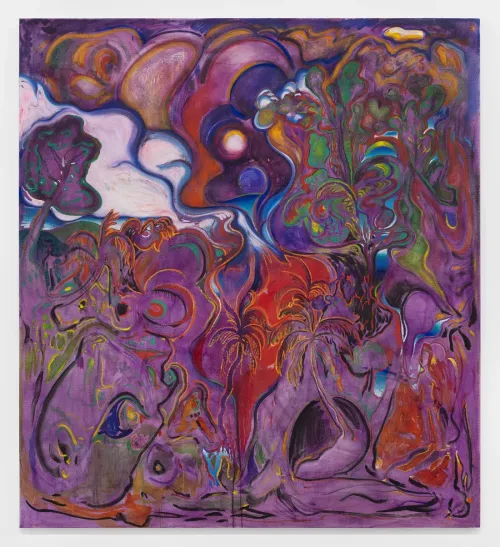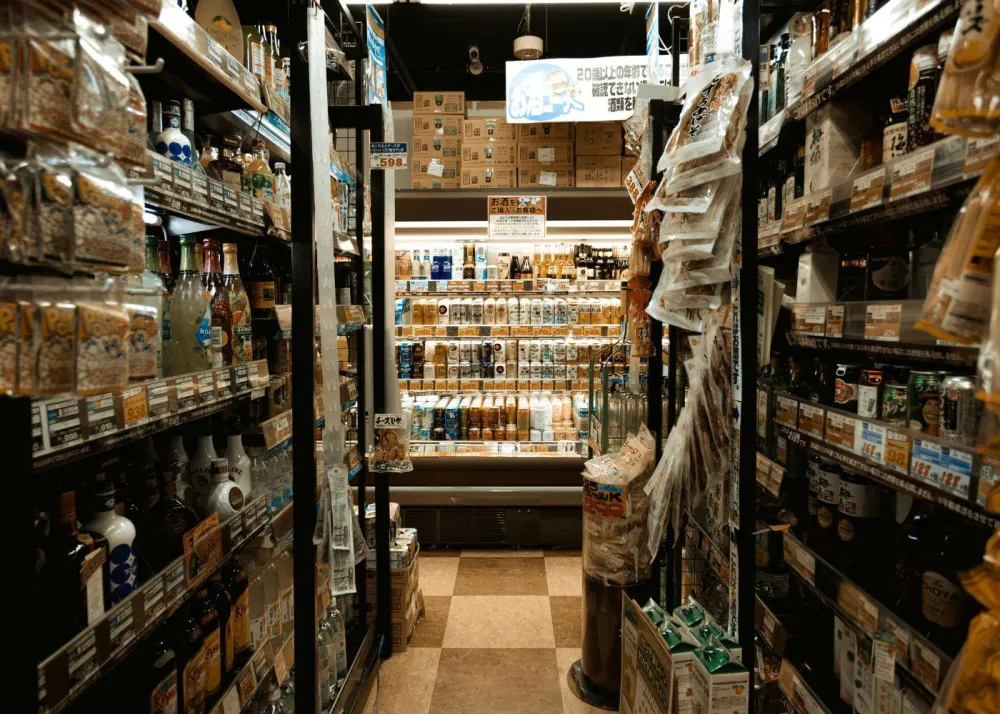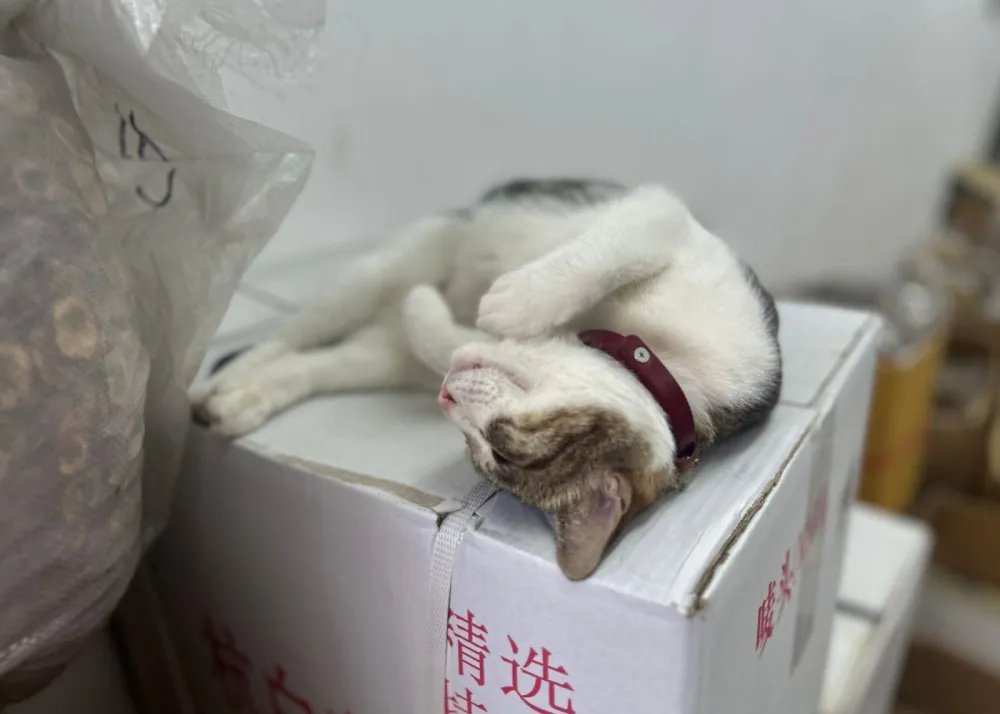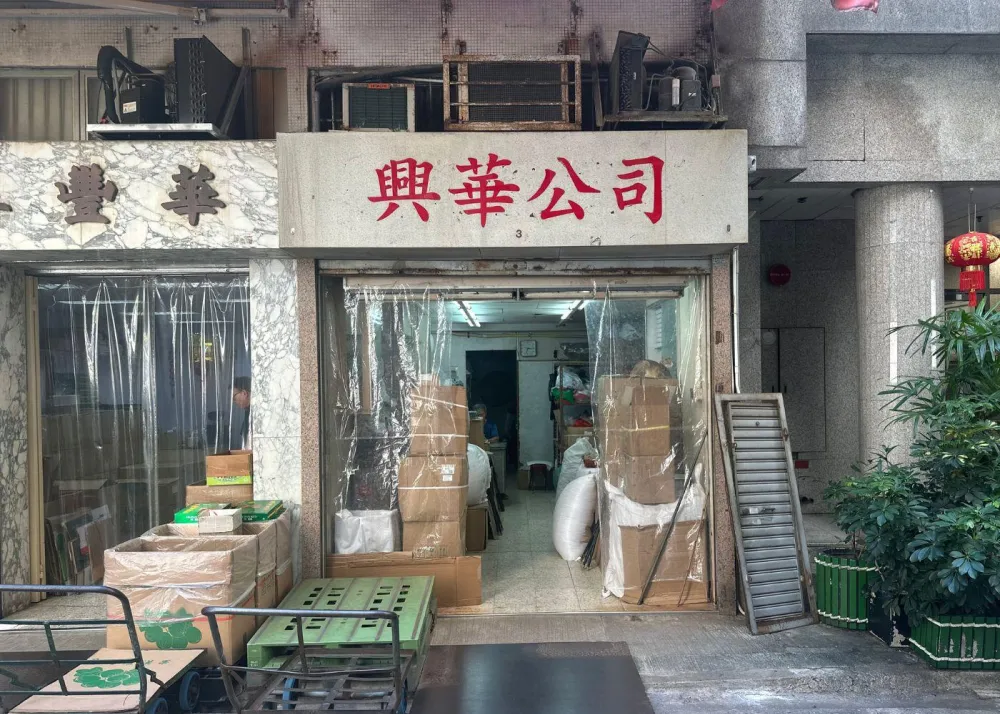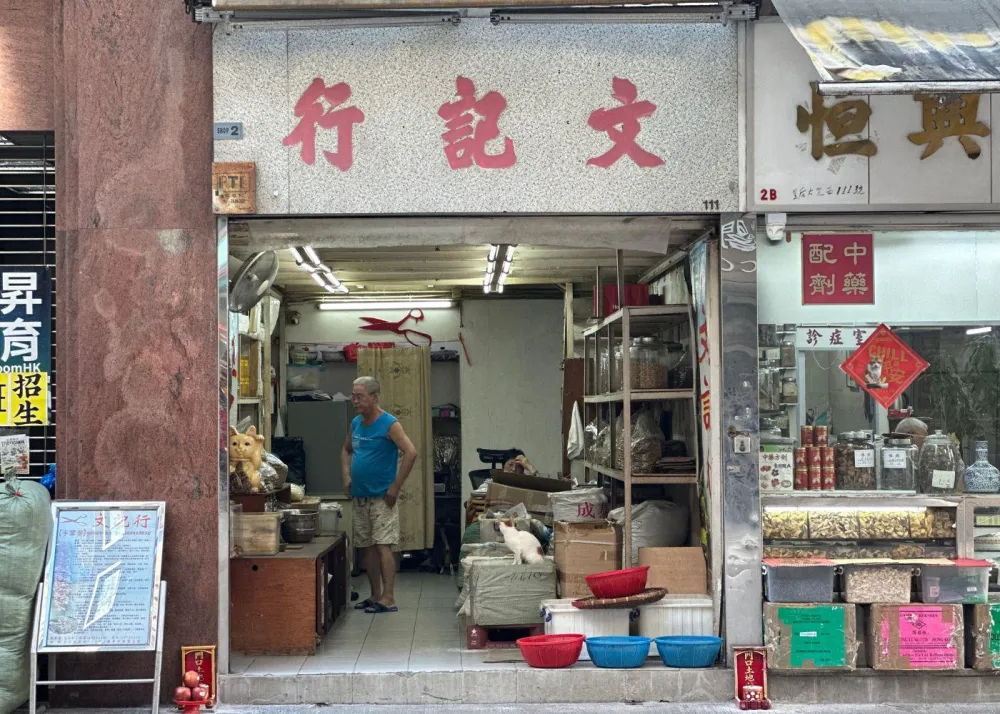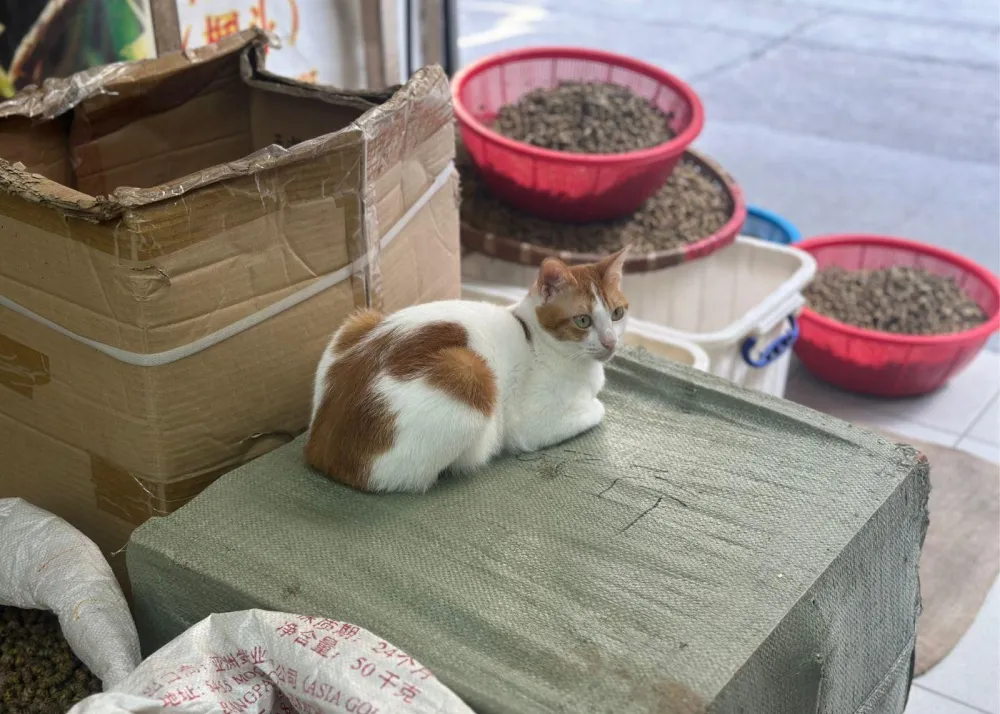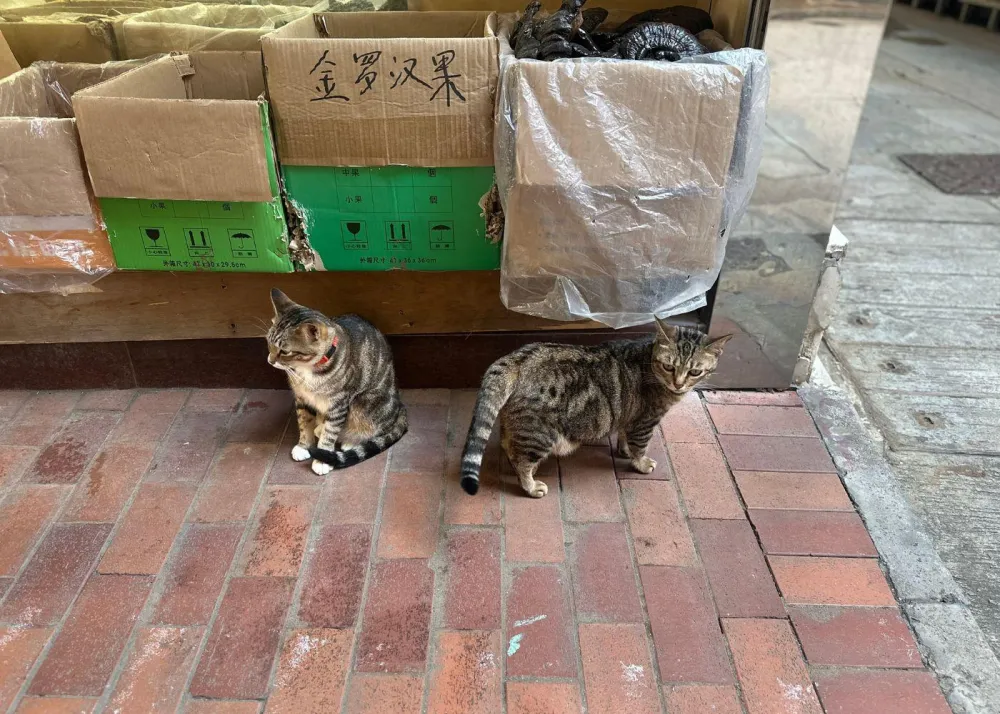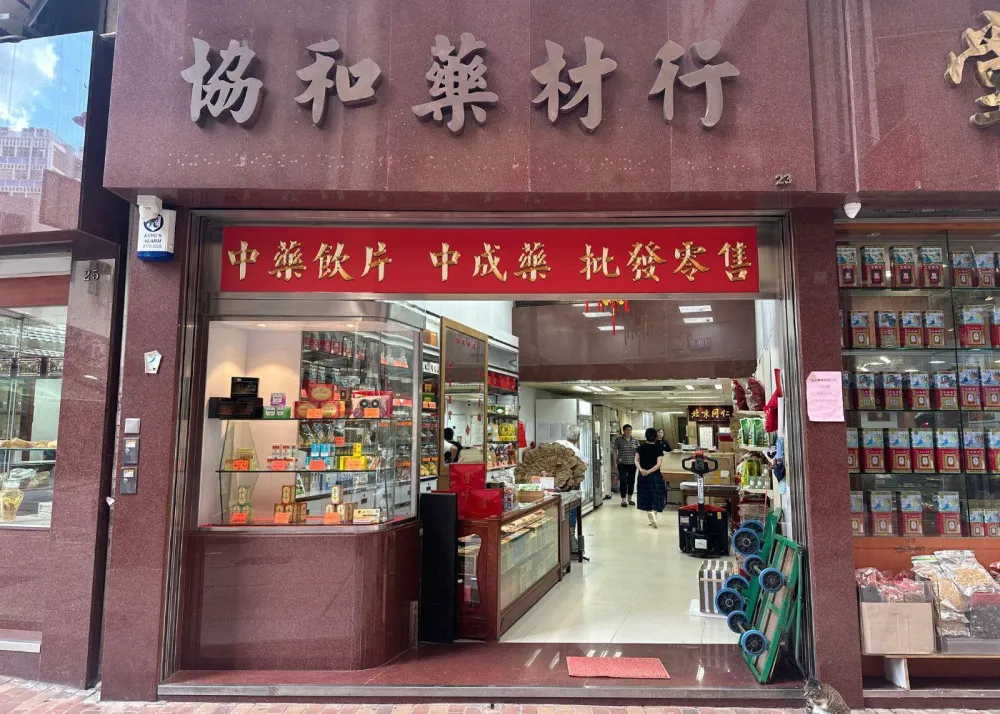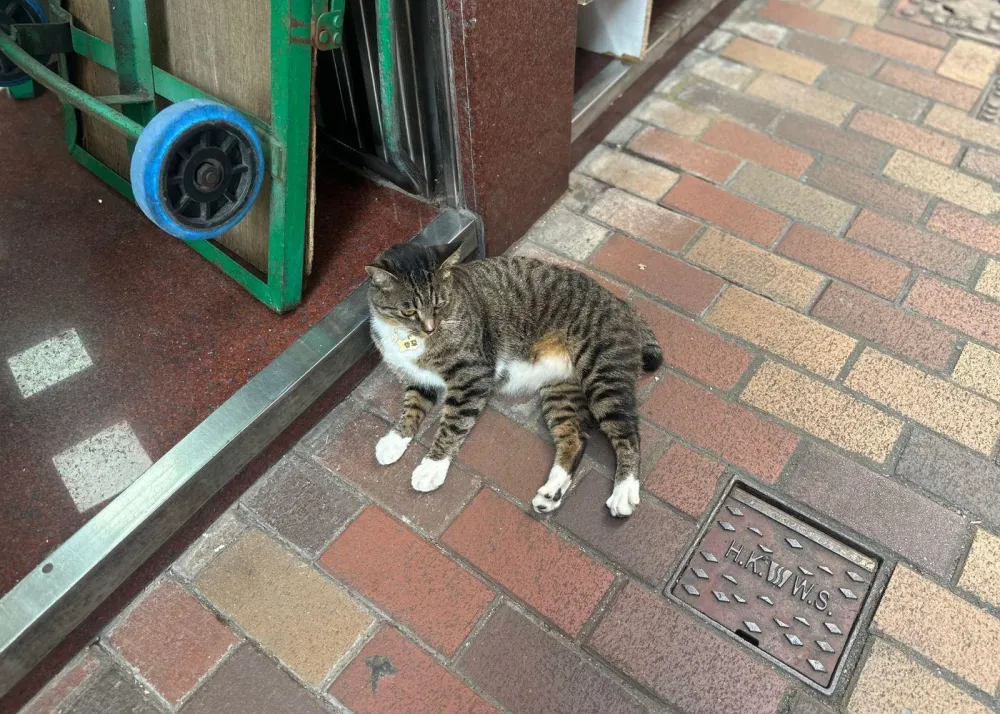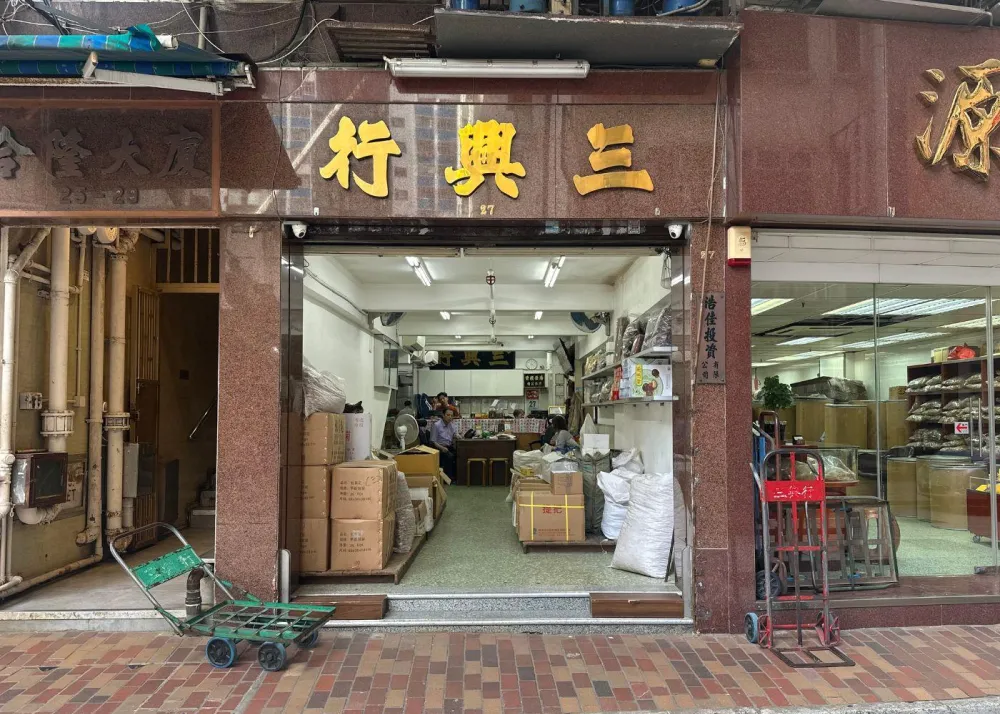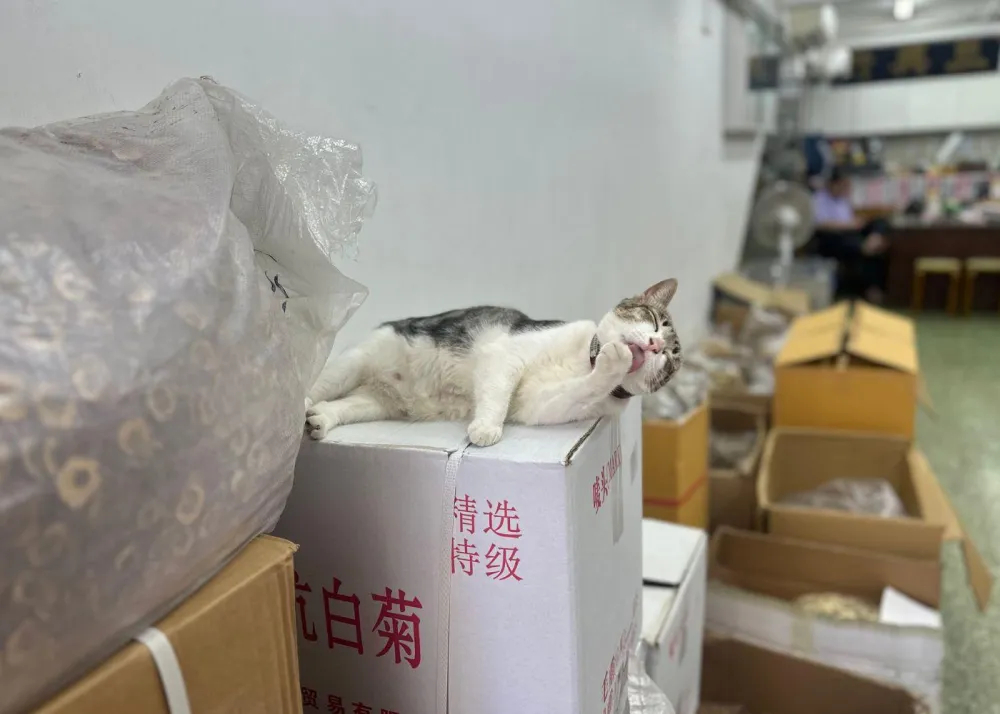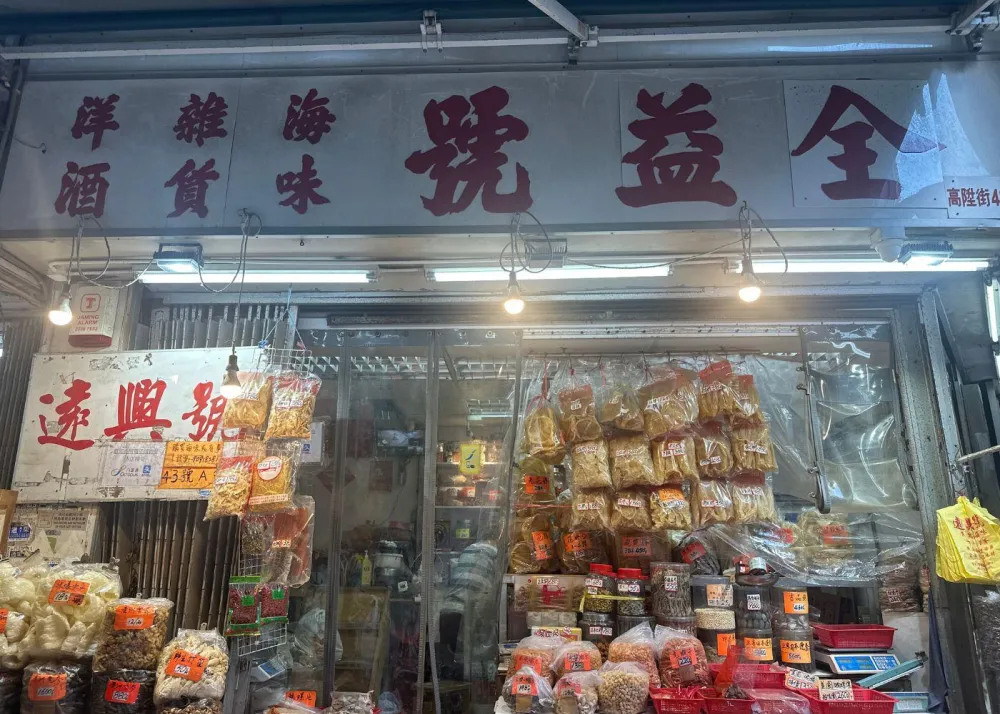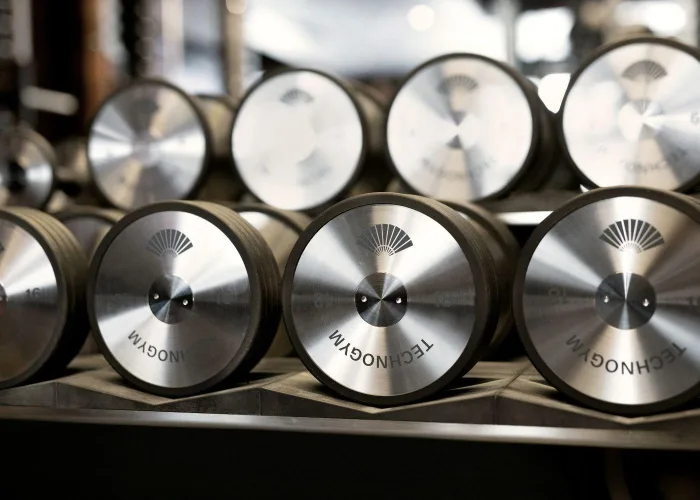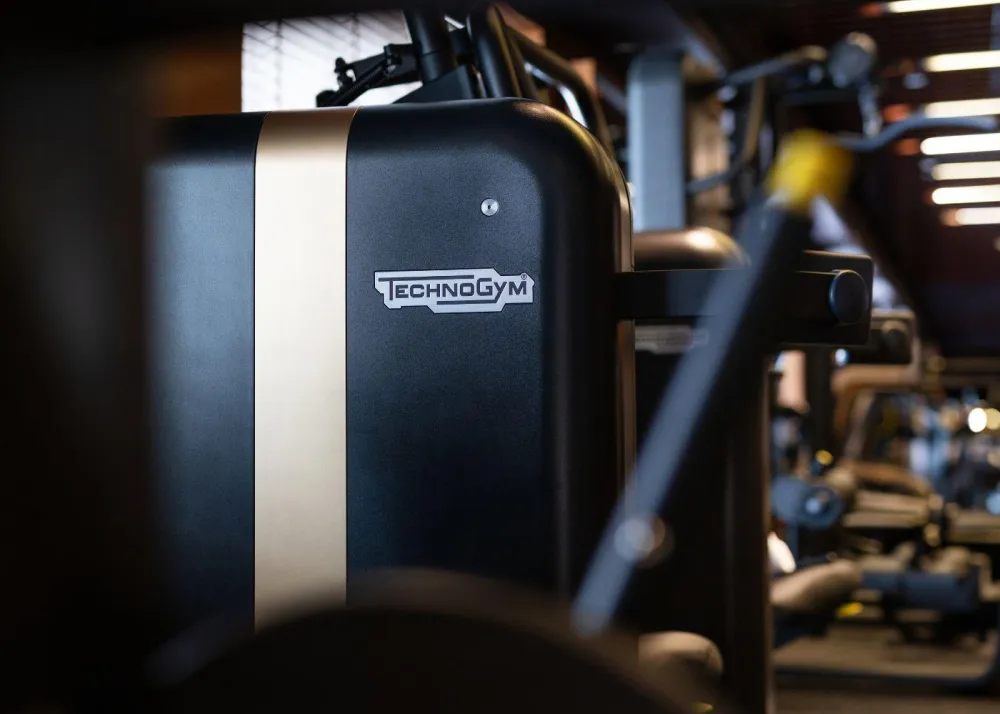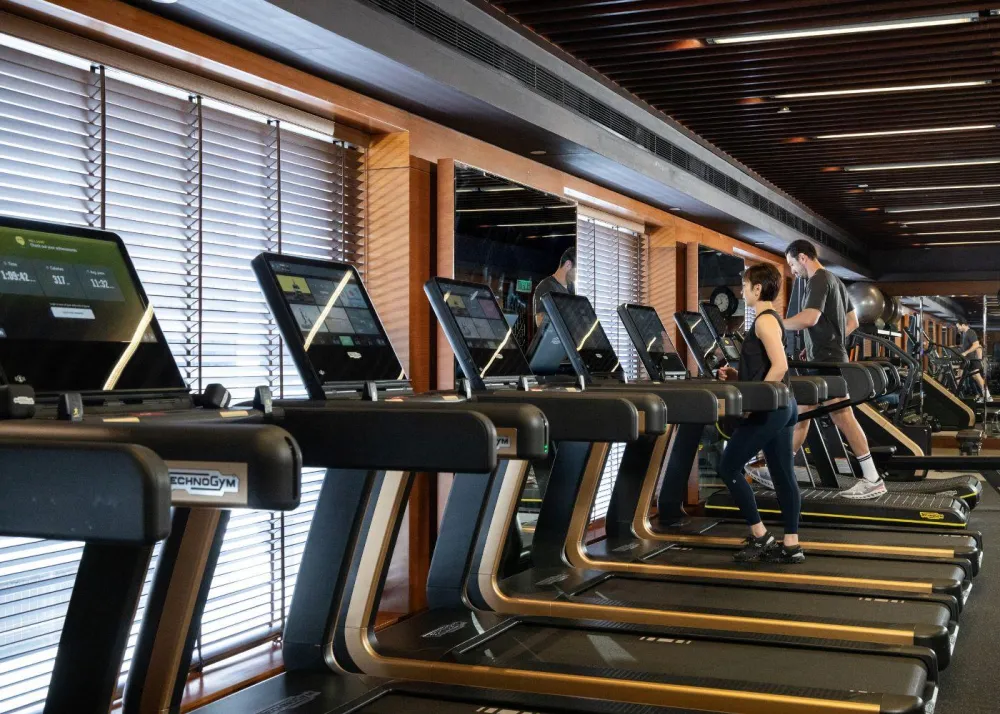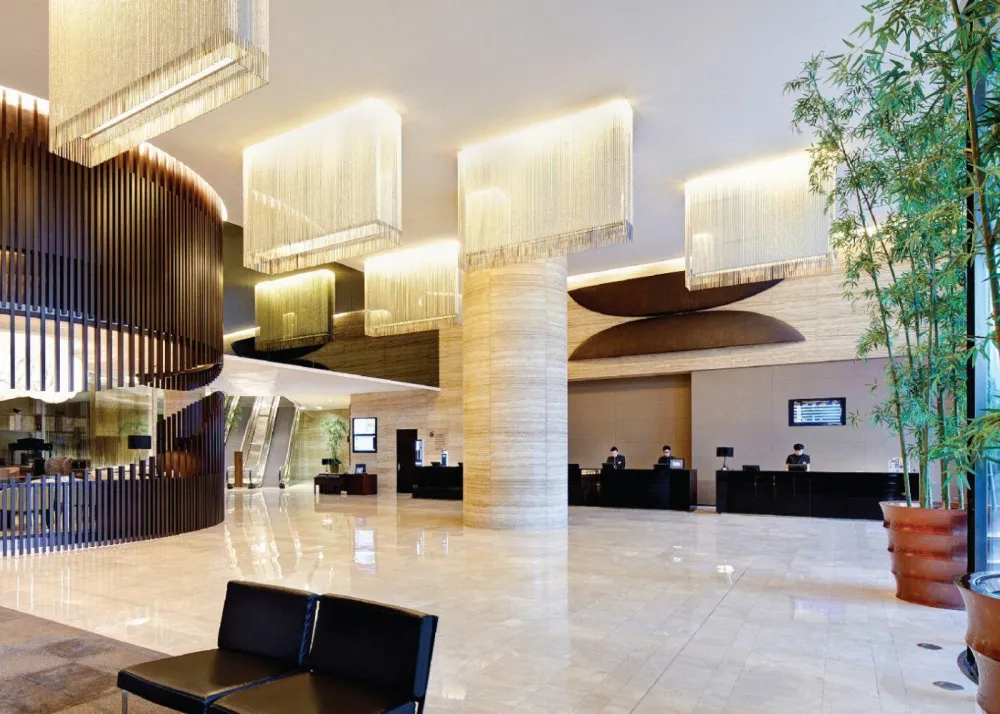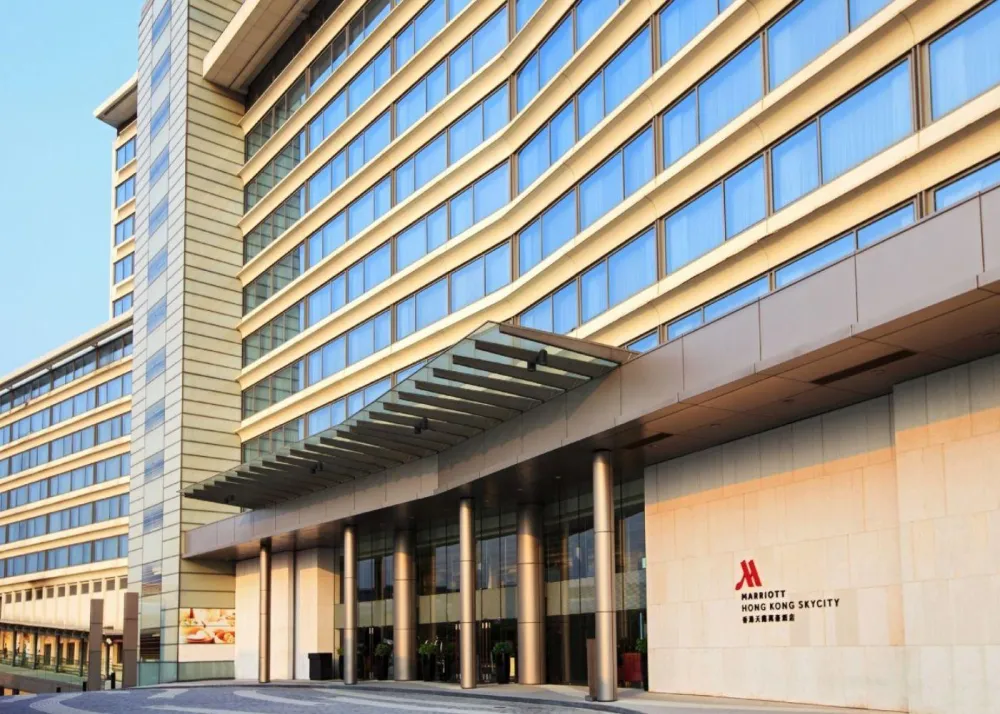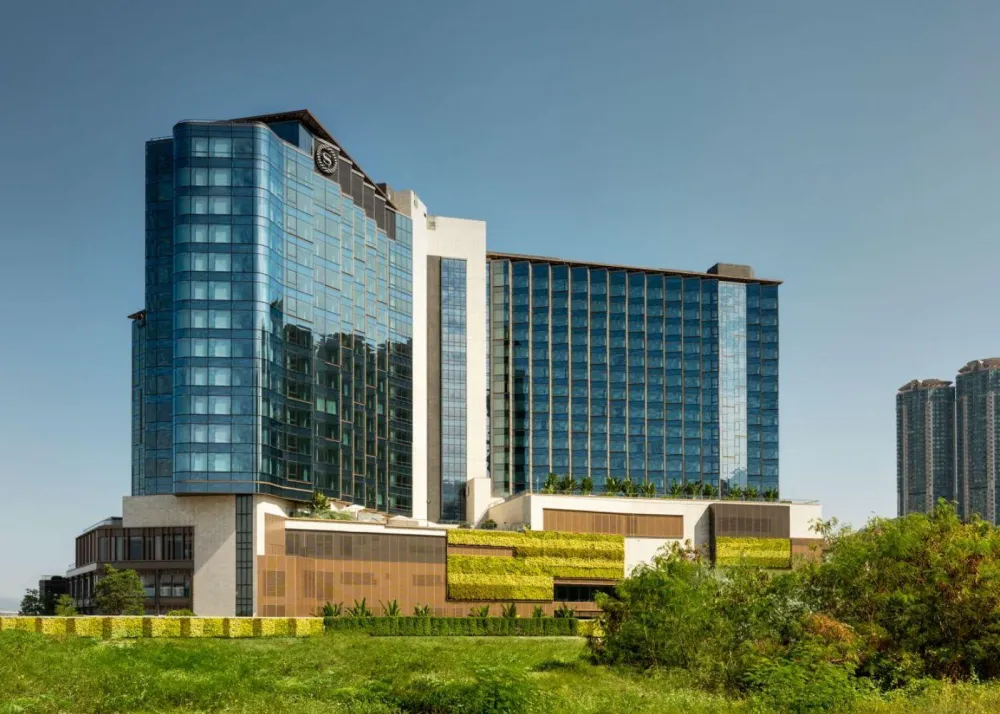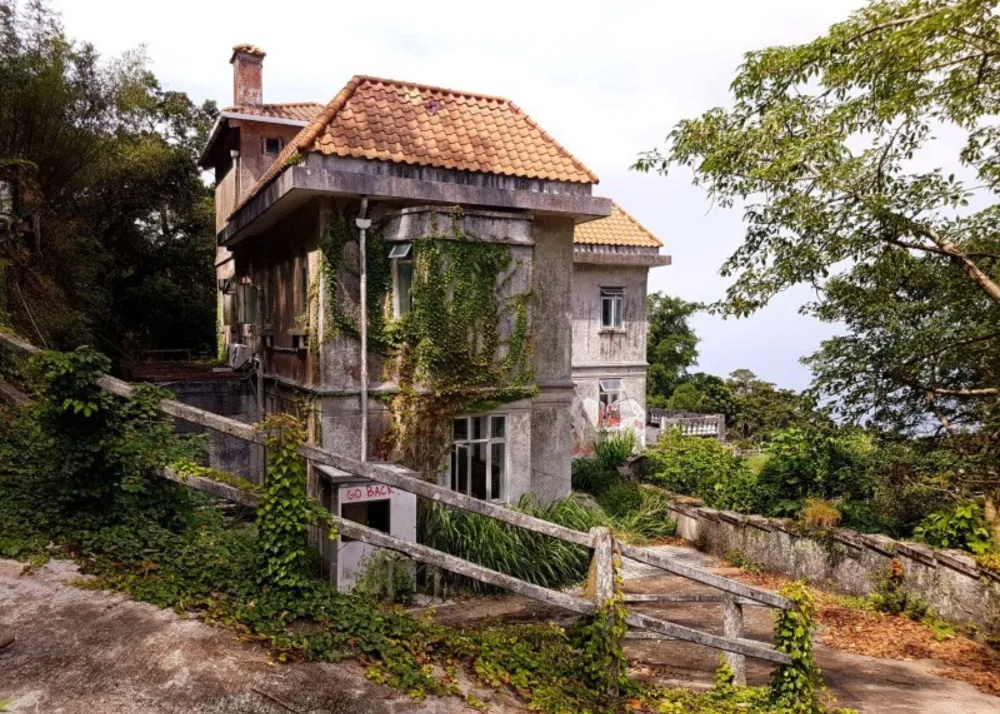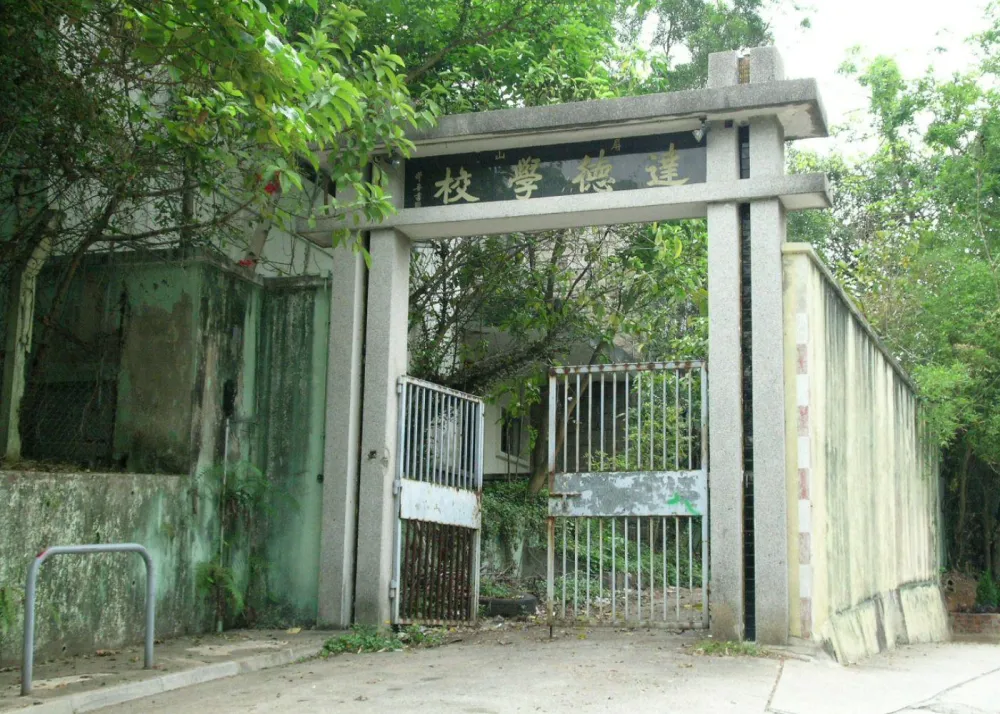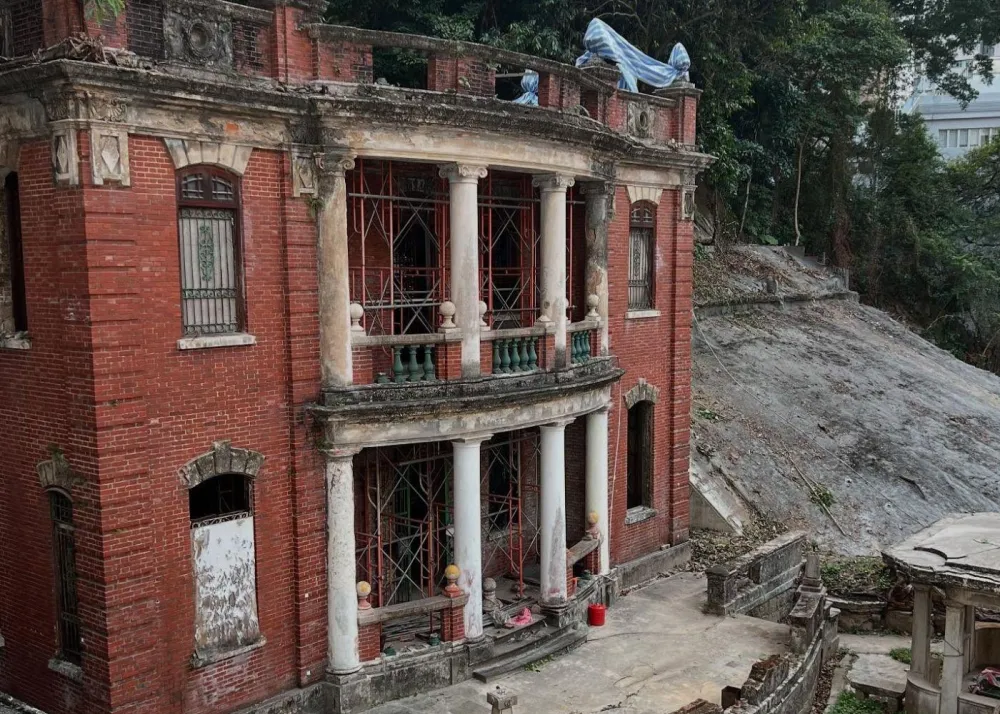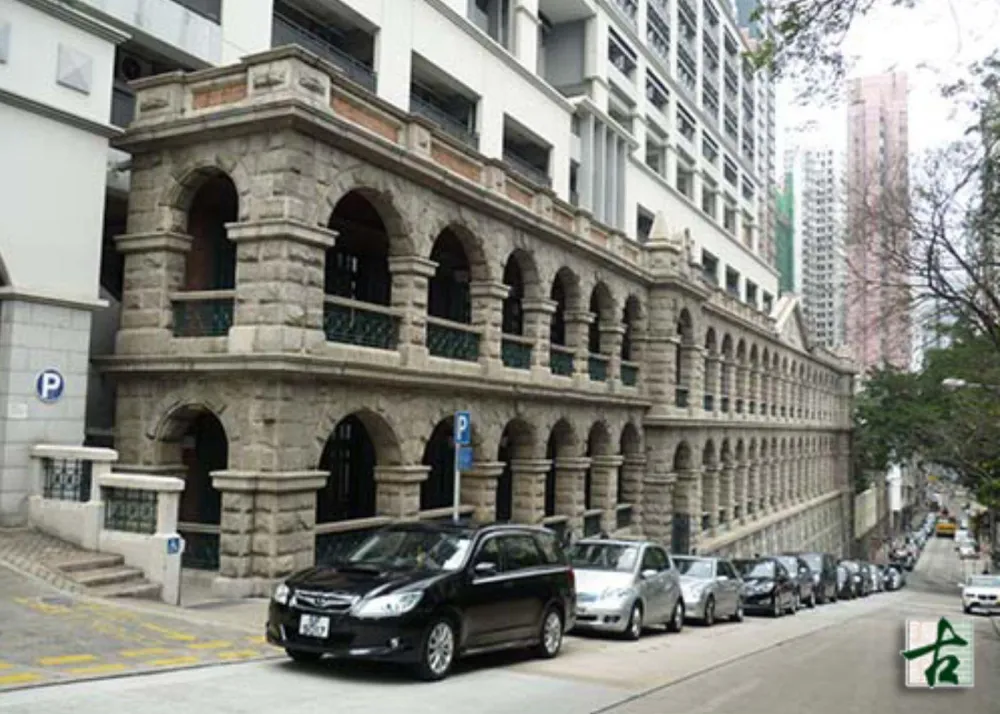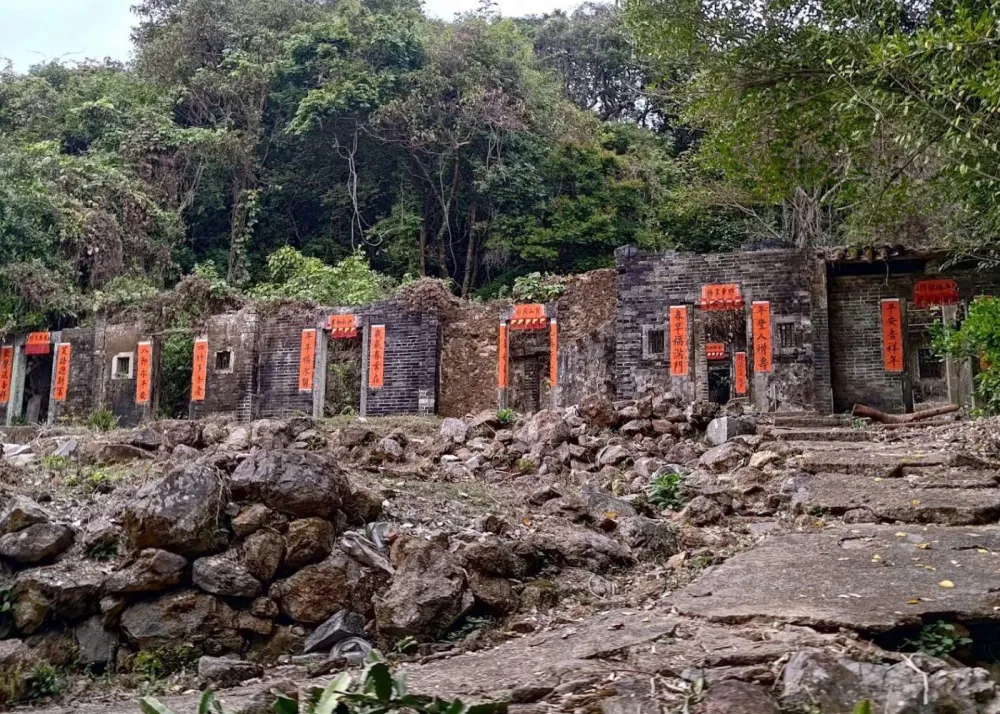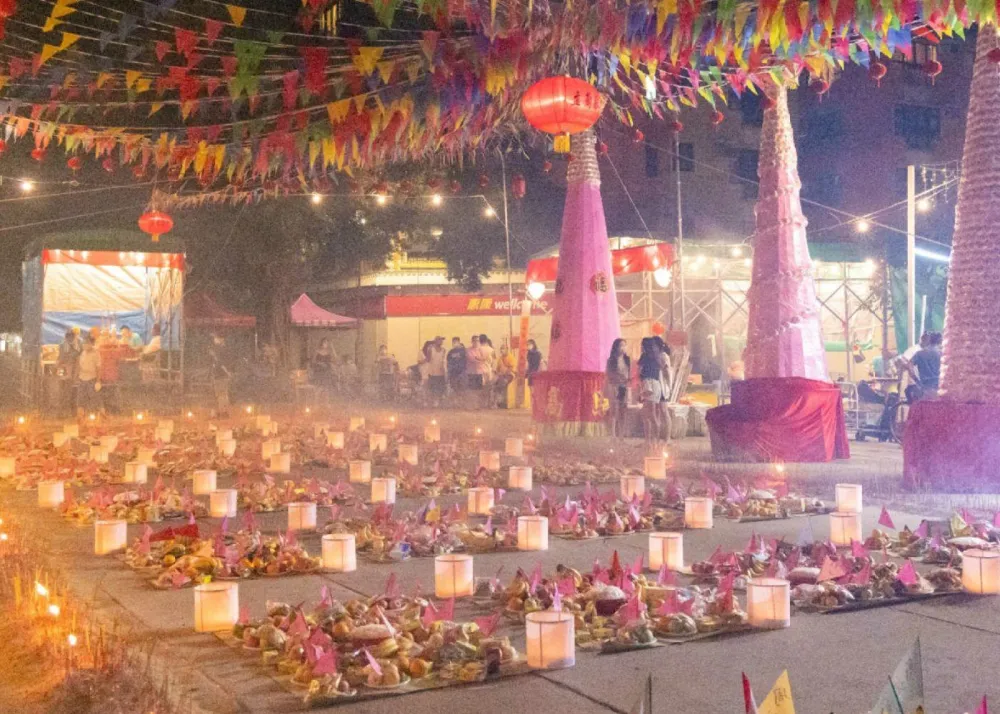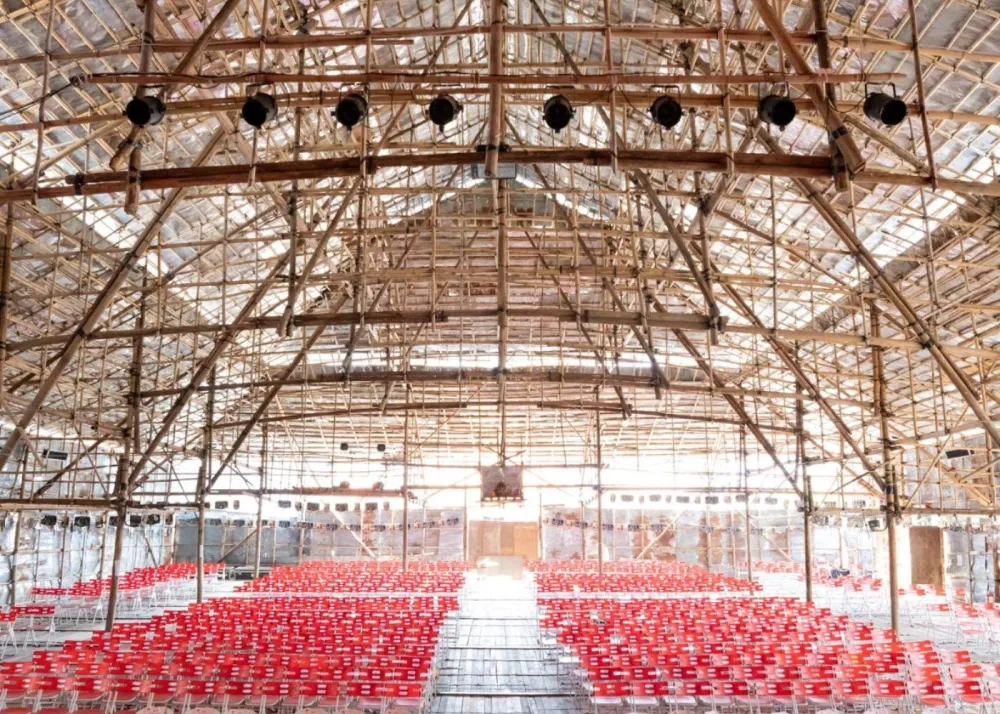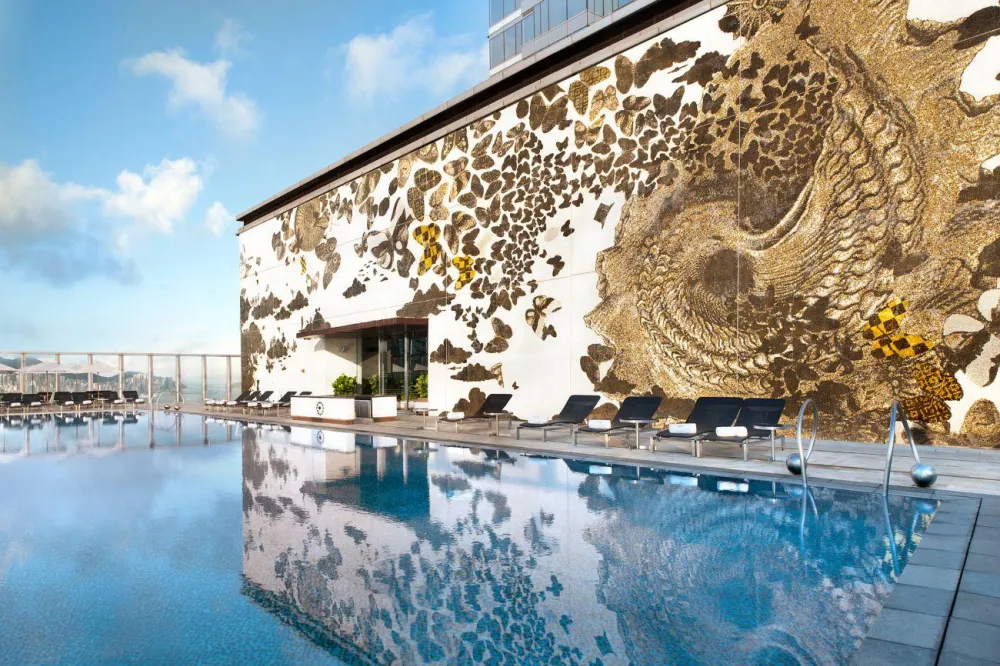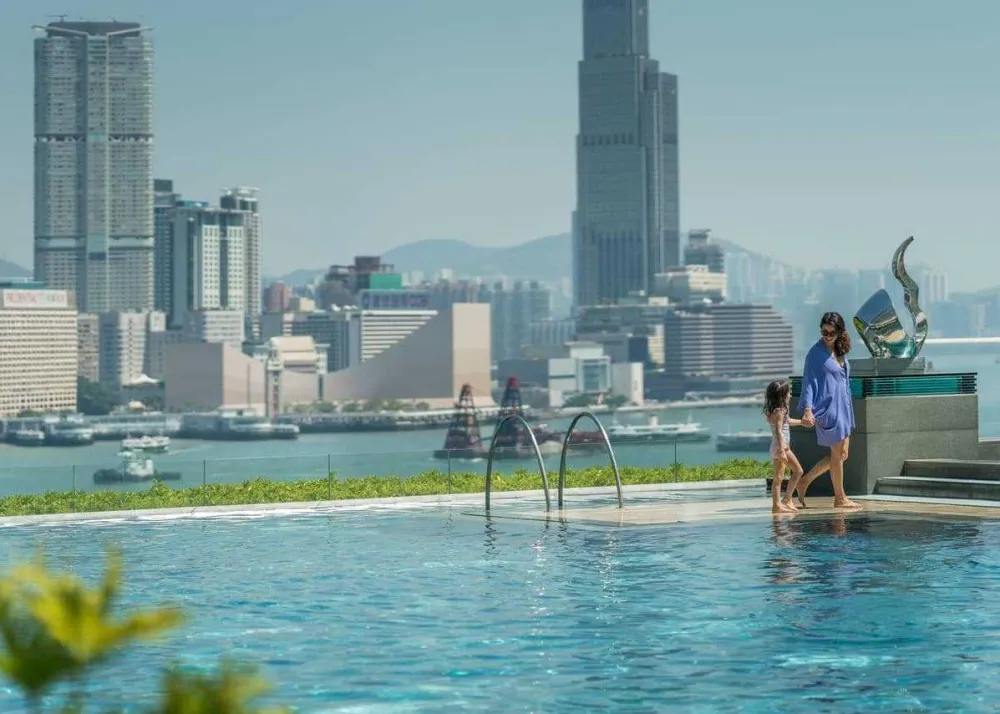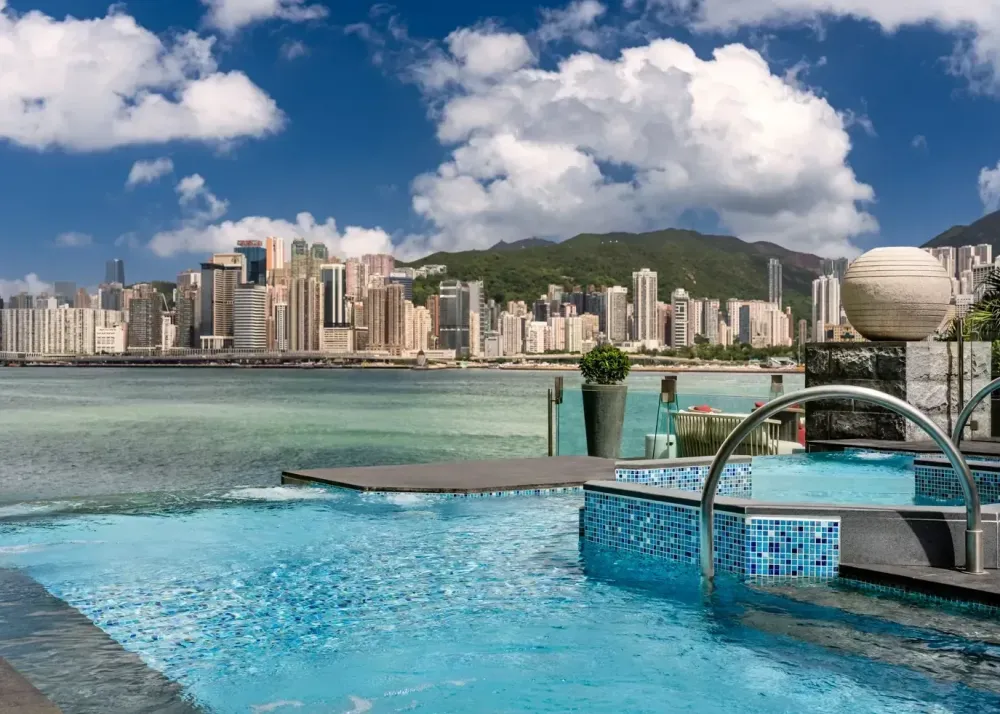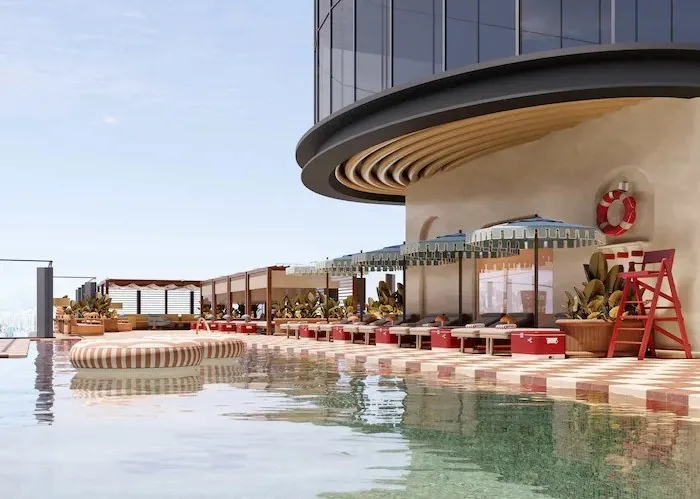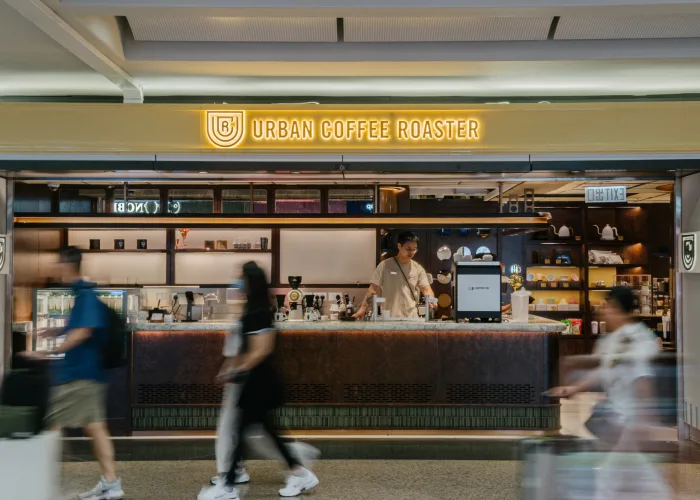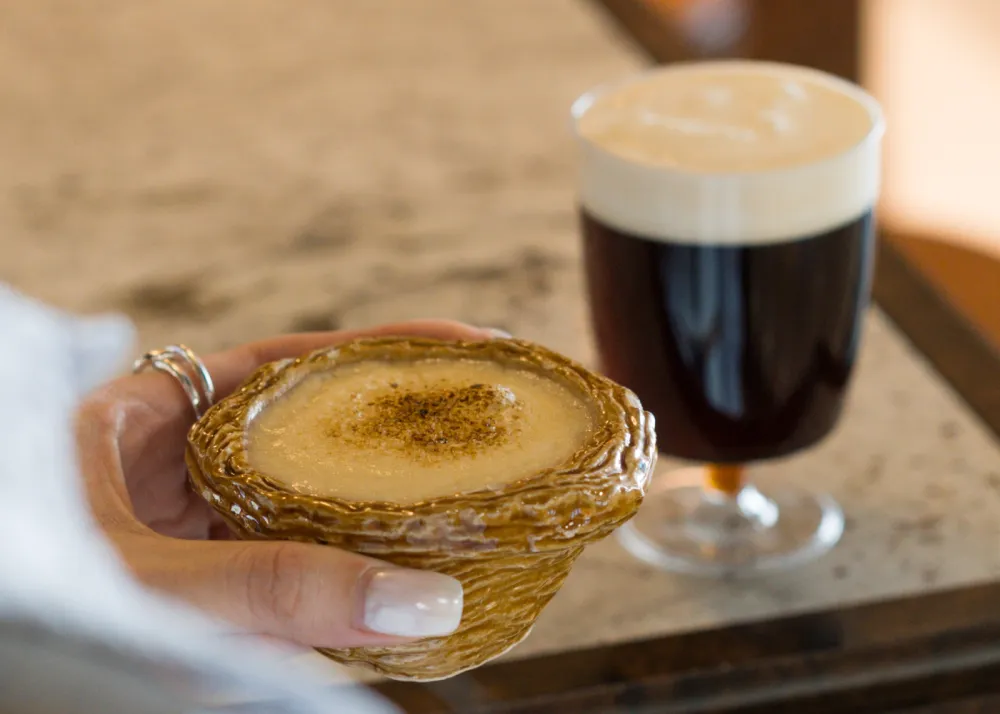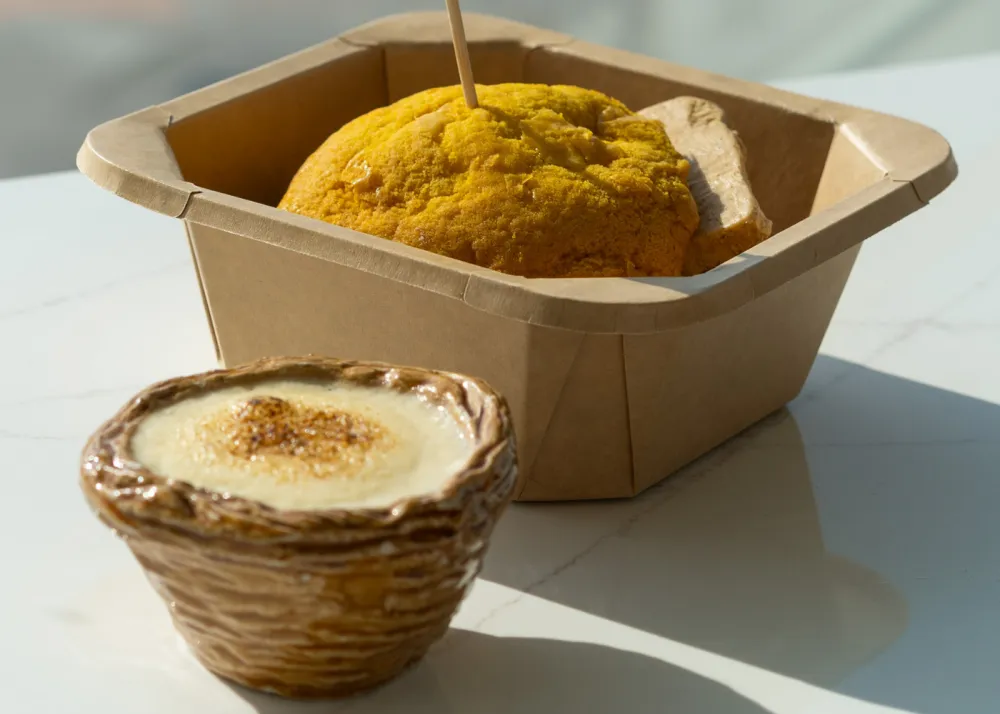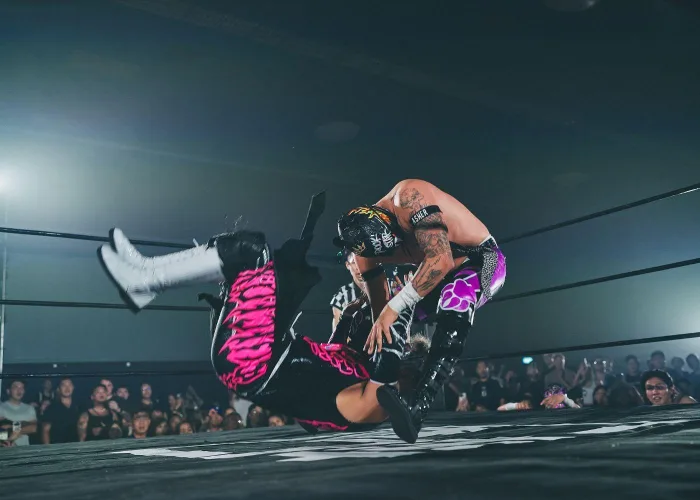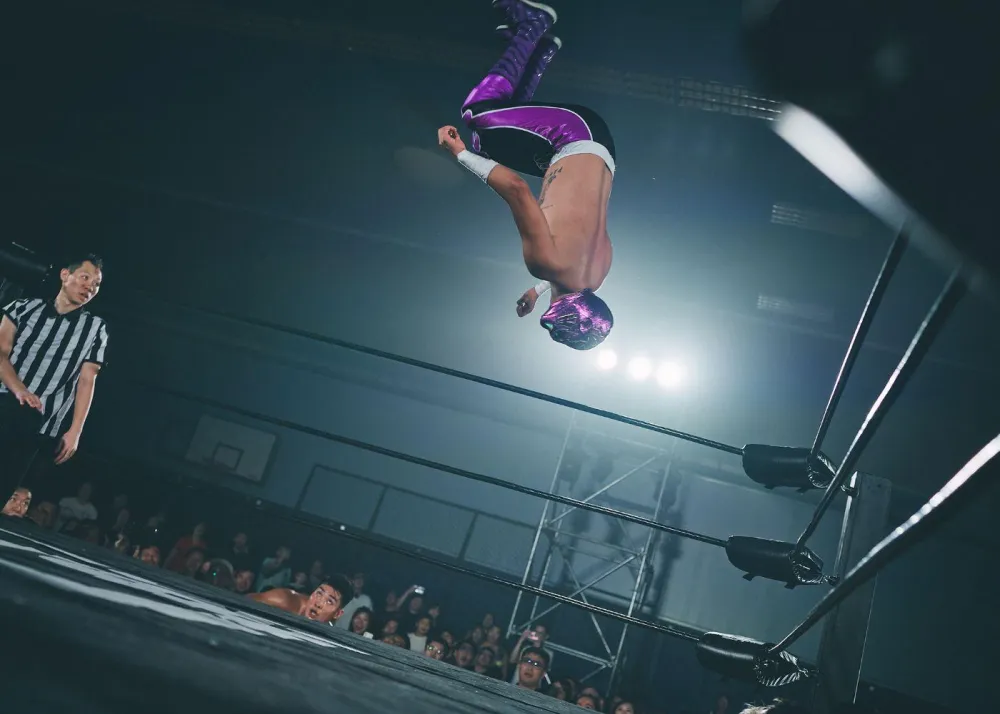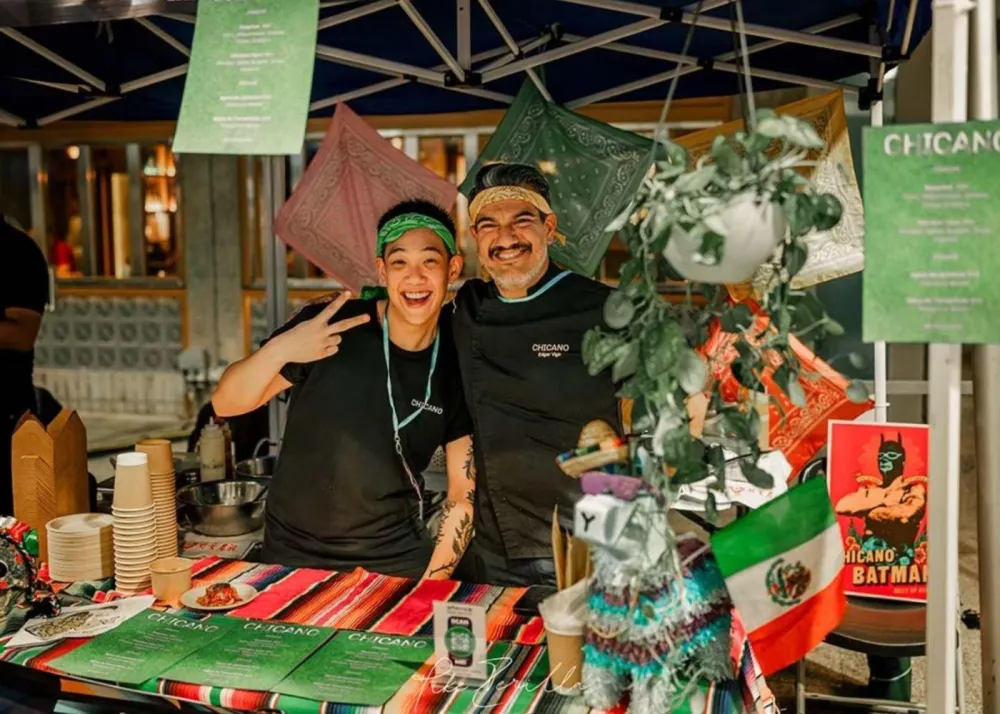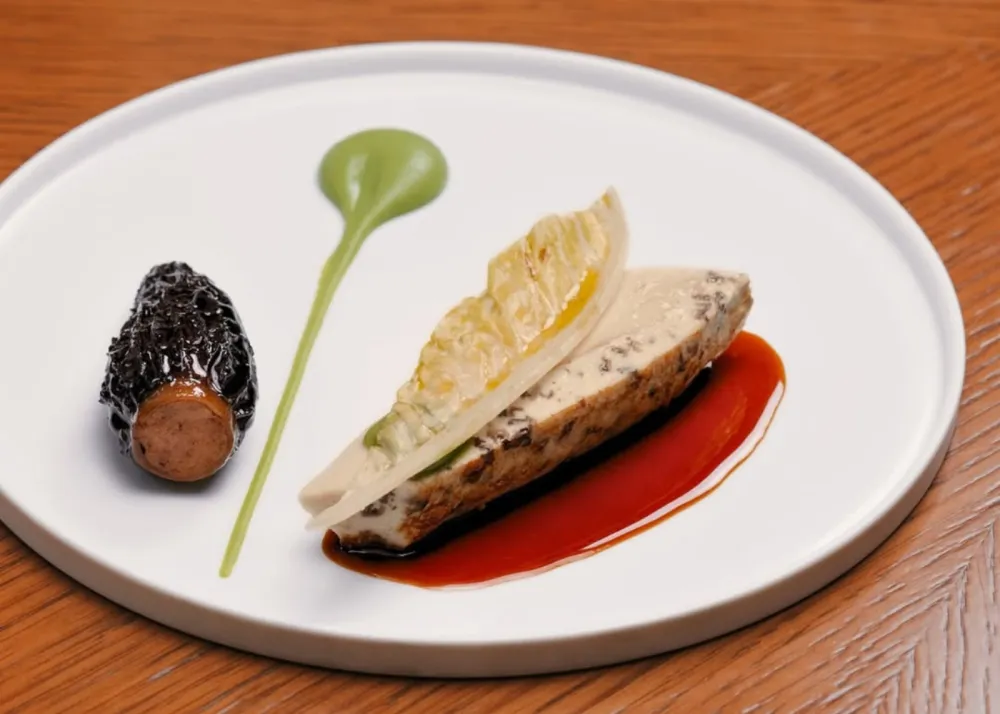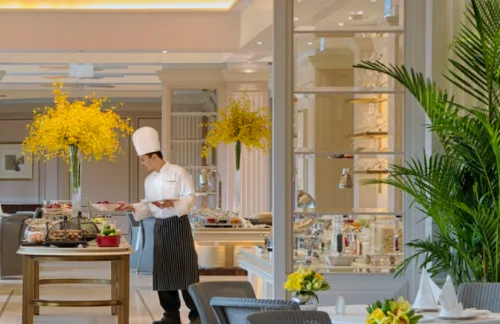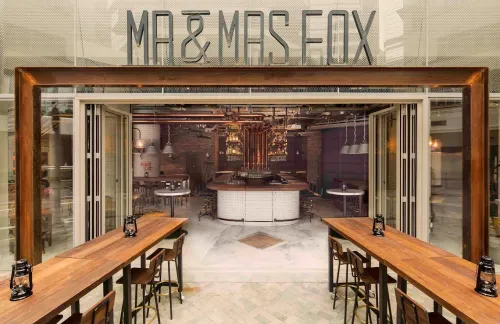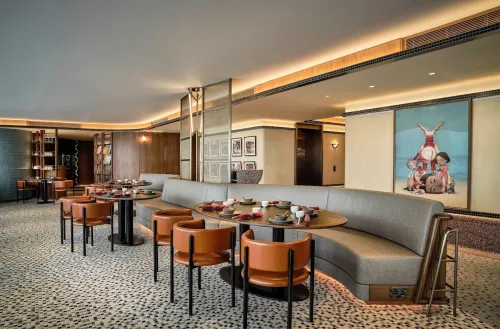From Ming Dynasty Port to Quarantine Centre: The Story of Penny’s Bay

The monolithic Penny’s Bay Quarantine Centre, located beside Disneyland Hong Kong on Lantau Island, has been at the forefront of tackling the city’s local outbreaks due to the ongoing COVID-19 pandemic.
Built to centralize quarantine of asymptomatic “suspected close contacts” of any local positive cases in Hong Kong, the Department of Health-managed centre has garnered notoriety amongst returnees and residents of Hong Kong as a “purgatory” for those locked up for up to three weeks.
Although lacking in five-star hotel amenities, the 3,500-room Penny’s Bay centre stands as a vital leg in the government’s’ operations to manage any local outbreak of COVID-19.
However, Penny’s Bay is not just known as a nondescript quarantine facility but also possesses history in the illegal trade of goods in the Ming dynasty, a settlement in the 19th century, a working port in the 1960s, and Disneyland’s expansion in the early 2000s.

South China’s Largest Shipyard
Penny’s Bay once held the shipyard of Hong Kong’s oldest and largest ship building companies, Cheoy Lee Shipyard. Founded in Shanghai in 1870 and relocating to Hong Kong in 1946 following the Japanese-invasion of China, Cheoy Lee cemented itself as a big player in the south China yacht industry.
Originally producing wooden commercial craft from their shipyard in China, their Hong Kong operations expanded to fiberglass shipping fleet, becoming one of the first yards in the world to experiment with fiberglass materials, and in the 1960s, becoming world’s marine pioneer in composite sandwich fiberglass construction.
In efforts to expand operations away from their Kowloon-based shipyard near today’s Kwai Chung, Cheoy Lee ventured to Penny’s Bay in 1964, a greenfield site previously untouched by developments in north Lantau. The company specialized in GRP vessels, sailing yachts, and transportation boats for the ultra-rich and importers and exporters of Hong Kong.

The company enjoyed success in the late 20th century through to 2001, the final year of operations in Penny’s Bay. The company moved to a new purpose-built shipyard facility in the mainland to accommodate expansion of the company, decommissioning their Penny Bay site.
In a government plan to shore up space for the construction of Hong Kong’s Disneyland in the early 2000s, Cheoy Lee were paid a sum of HK$1.48 billion to relinquish their operations, with HK$22.7 million in additional compensation.
600-Year-Old White and Blue China
During Cheoy Lee’s operation in Penny’s Bay, a British anthropologist and civil servant, James Hayes, became interested in the area after research of the illegal porcelain trade in south China in the 15th century led him to an investigation of Penny’s Bay as a site of importance.
After an archeological dig in 1975, Hayes discovered thousands of porcelain shards and pieces, painted blue and white with ancient Chinese flower patterns - buried beneath the grass surface.
Scholars at Hong Kong University collected a total of 20,000 shards of porcelain at the site. After investigation, James Hayes, along with his team, concluded that the pieces dated to between 1465 and 1522, and were originally Ming Dynasty-produced porcelains to be shipped off to the west via Hong Kong.

Historians found that Penny’s Bay acted as a trading post on Lantau Island, serving as a secondary leg of the Ming porcelain smuggling trade. Ming porcelain was primarily produced in Jingdezhen of Jiangxi Province, before being shipped to Guangzhou and Foshan in China. From the 14th to the 20th century, Jingdezhen was at the centre of China’s national production of ceramics, garnering international recognition for the unique artistry.
Small boats would then ferry the illegal goods down the Pearl River delta to Penny’s Bay, sheltered away from the authorities' eyes and rough waves west of Hong Kong. The site would equally help exporters replenish supplies and fresh water.
From 2000 to 2010, experts found that the 15th to 16th century Jingdezhen shards discovered in Penny's Bay bore striking resemblance to porcelain in Portugal, Syria, and the Philippines, suggesting that Penny’s Bay acted as an intermediary port to transport goods to further places.
Anxiety Preparations in 2020
Hong Kong reported its first COVID-19 case on Jan. 23, 2020, and its first death on Feb. 4. The city was active in epidemic preventions to shelter the city in efforts to prevent a repeat of the effects the 2003 SARS epidemic had.
In late February 2020, following the government’s closure of nearly all land and sea border crossings with the mainland on Feb. 5, discussions were put in place with the Walt Disney Company to explore the option of constructing a quarantine facility on the company's Penny’s Bay site.
The site was initially reserved for future tourism and food and beverage development for Hong Kong’s Disneyland. However, during a Feb. 19 press conference about the pandemic situation in Hong Kong, Chief Secretary Matthew Cheung highlighted an ever-present need to expand, control, and centralize quarantine operations.

Before construction of Penny’s Bay in February 2020, the government only operated 150 units of quarantine rooms in the city amongst four sites, in efforts to place asymptomatic close contacts of confirmed local cases under strict quarantine control.
The four quarantine centres were Lady MacLehose Holiday Village, the Lei Yue Mun Park and Holiday Village, the Po Leung Kuk Jockey Club Pak Tam Chung Holiday Camp, and the Heritage Lodge of the Jao Tsung-I Academy.
Following Hong Kong’s second wave of cases in March and April, government officials were concerned that if Hong Kong suffered a rise in local cases, mirroring neighboring countries Malaysia, Indonesia, and the Philippines, existing quarantine facilities could become easily overwhelmed.
HK$194M Deal Struck
After a private deal was struck on Feb. 17 between the government and mainland-headquartered construction company, China Harbour Engineering, who constructed the Hong Kong-Zhuhai-Macau Bridge, an HK$194 million contract was signed to build the temporary quarantine facilities on the four-hectare government plot of land in Penny’s Bay.
The plan was to initially provide 600 units, aiming to have 100 complete by May 2020. On July 18, 2020, Penny's Bay opened to public use, with 800 units for quarantine set to receive asymptomatic individuals.

The centre has since gone through four phases of construction, planned to increase capacity for asymptomatic cases in Hong Kong and the need to house domestic helpers travelling from the Philippines, Indonesia, and Malaysia during their 21-day quarantine.
The quarantine centre today holds a capacity of 3,416 units and is jointly managed by the Civil Aid Service and Department of Health. Basic daily necessities such as beds, meals, private toilet facilities, and electricity are provided to asymptomatic cases. Penny’s Bay sees a steady flow of asymptomatic cases beginning their quarantine process at the facility.
Estimates of the overall cost of the facility, including phase 1 (800 units completed in mid-July 2020), phase 2 (700 units completed in mid-September 2020), phase 3 and 4 (2,000 units completed by end of 2020), totals over HK$500 million in construction costs.




